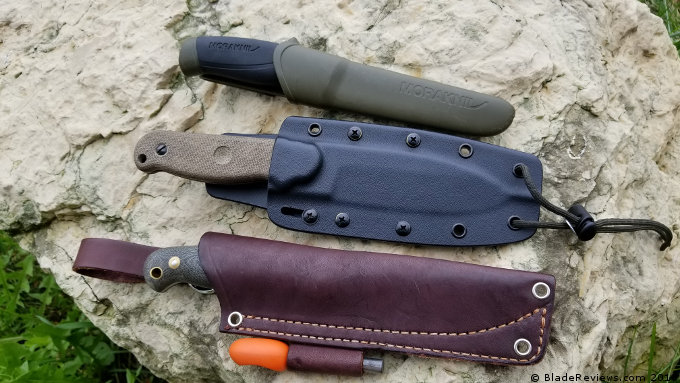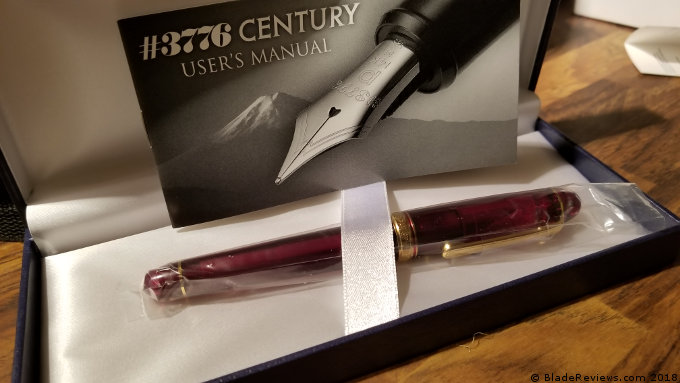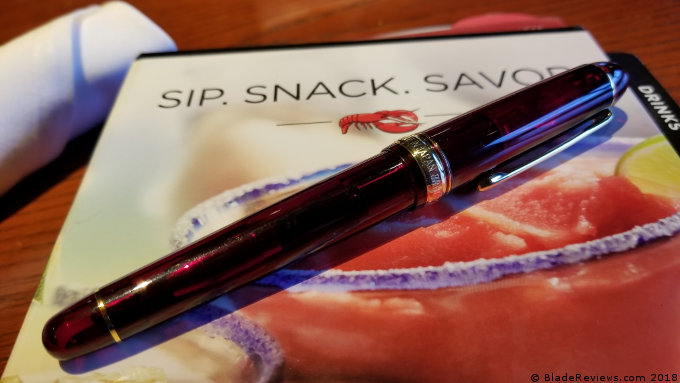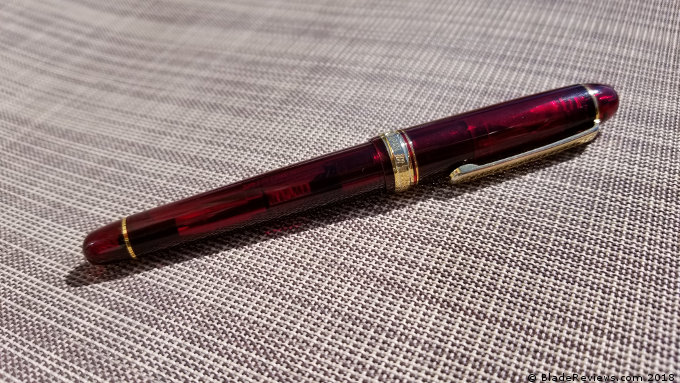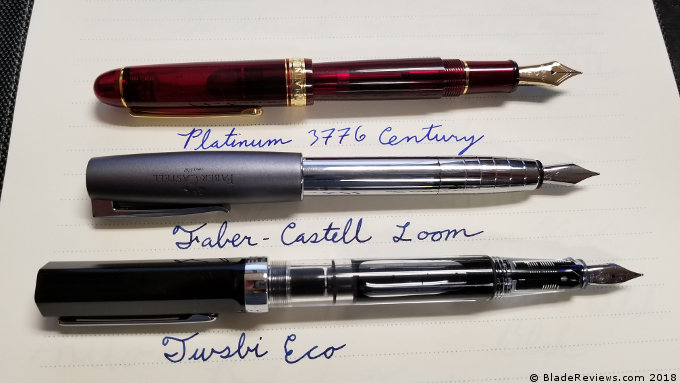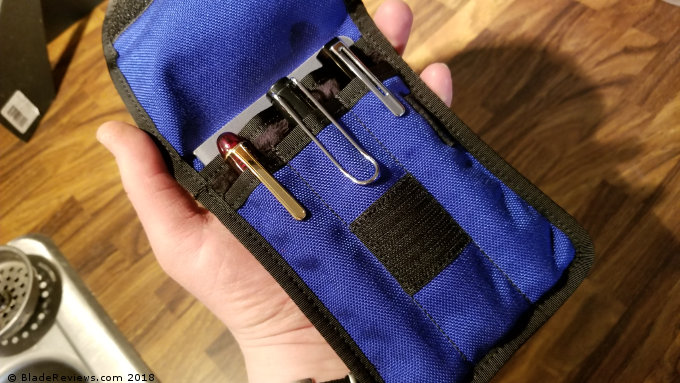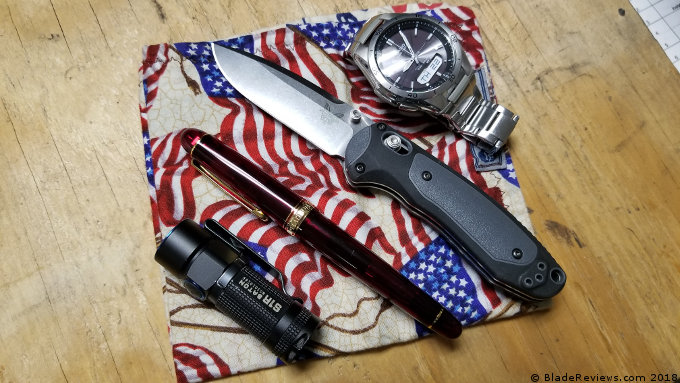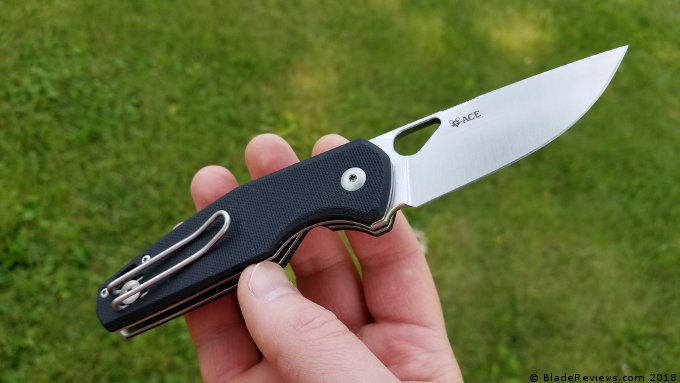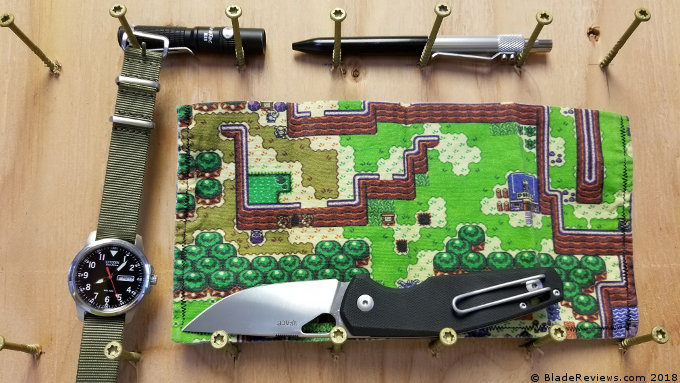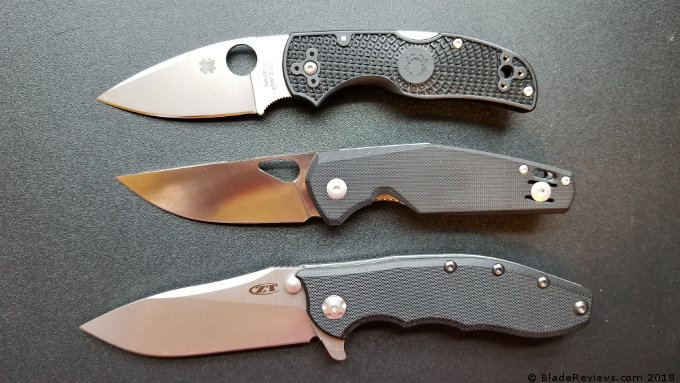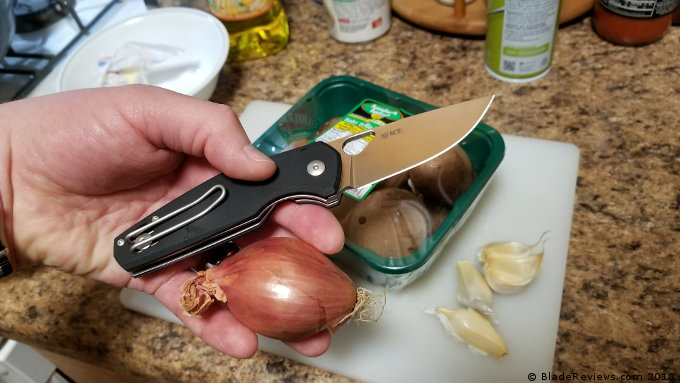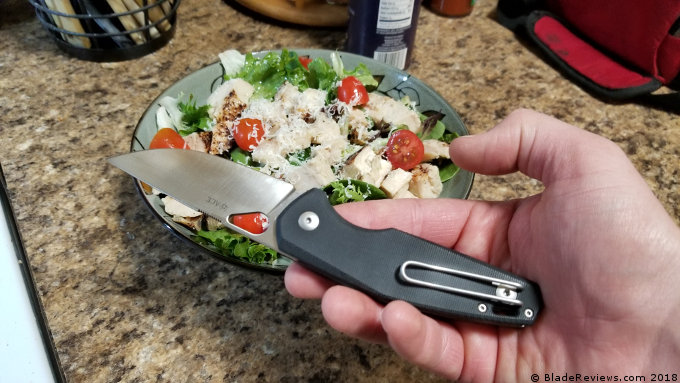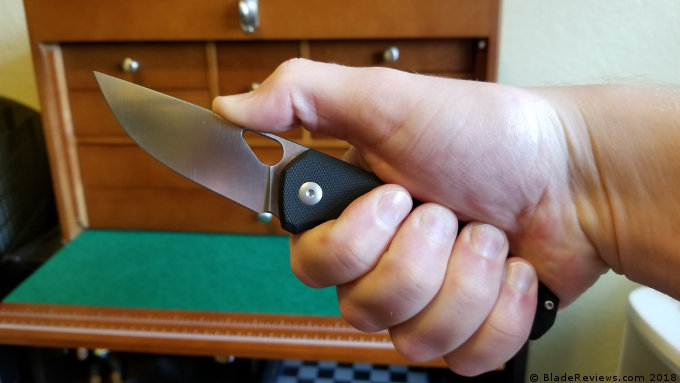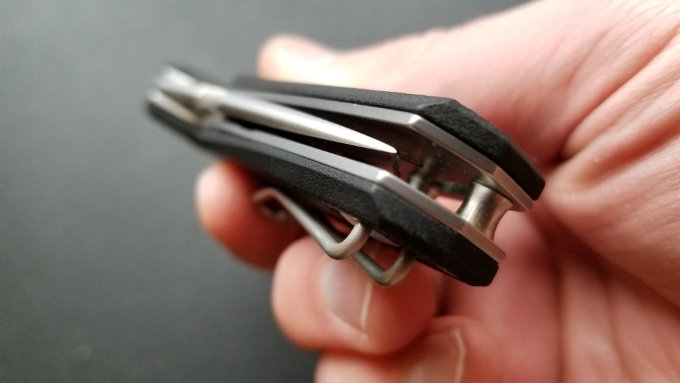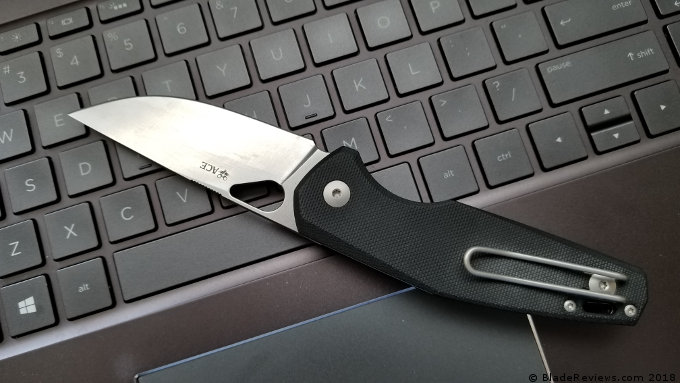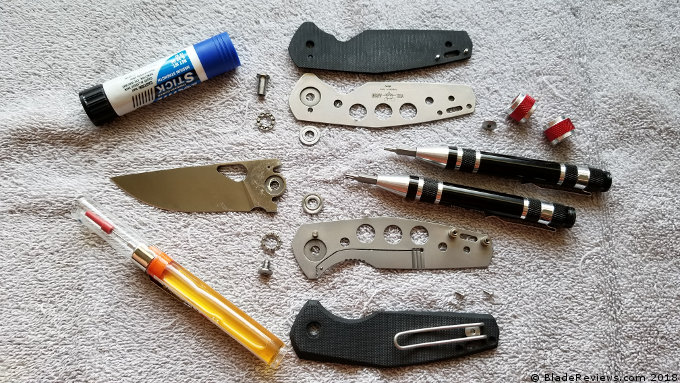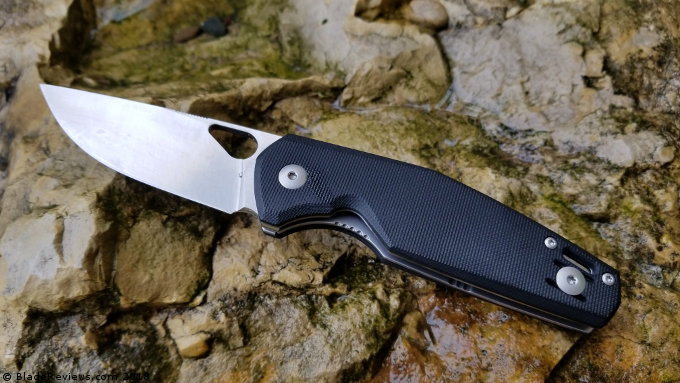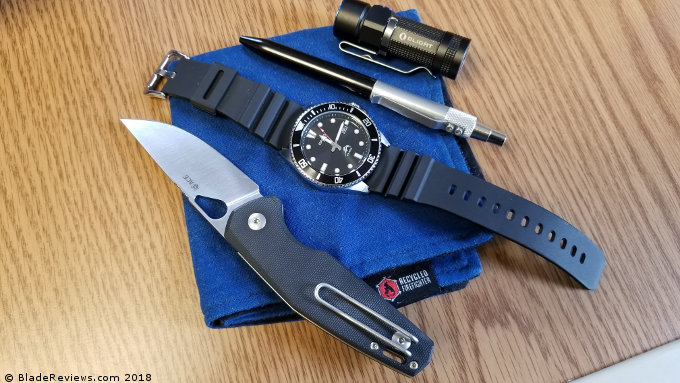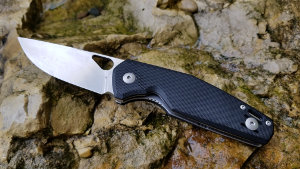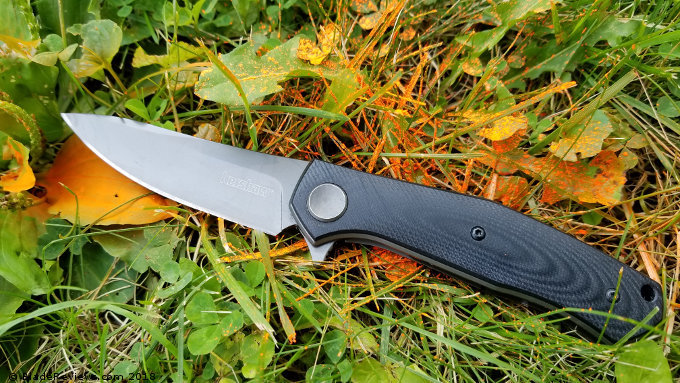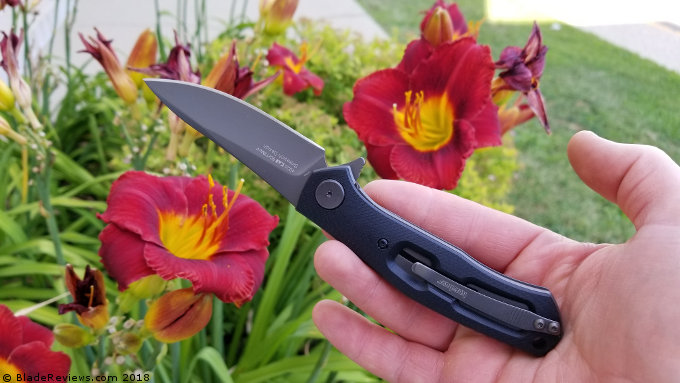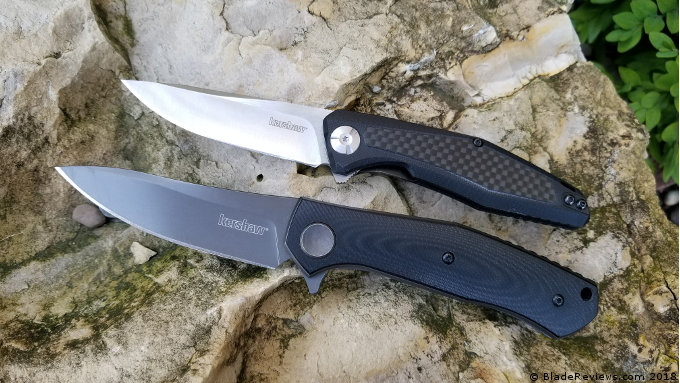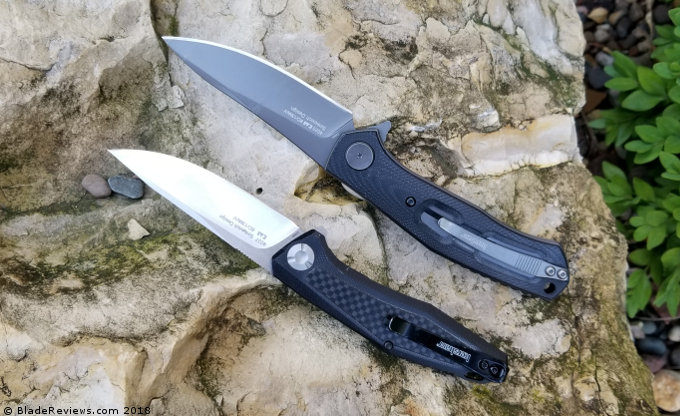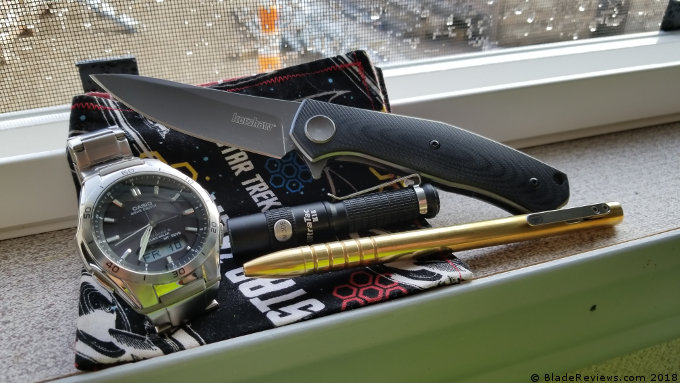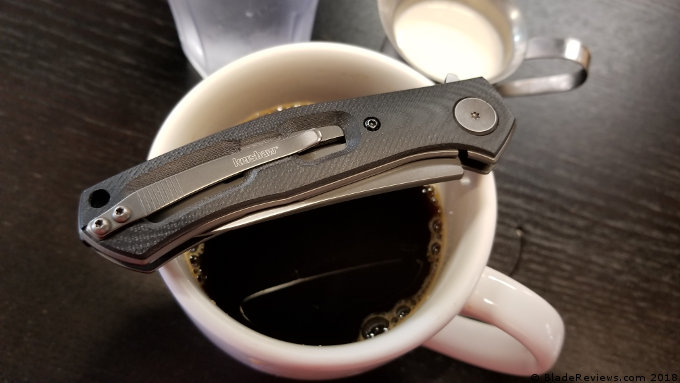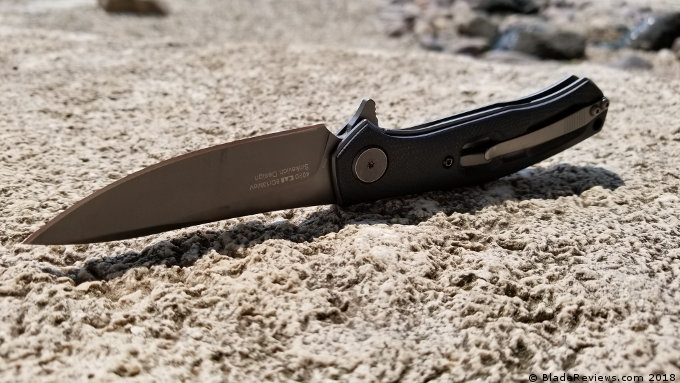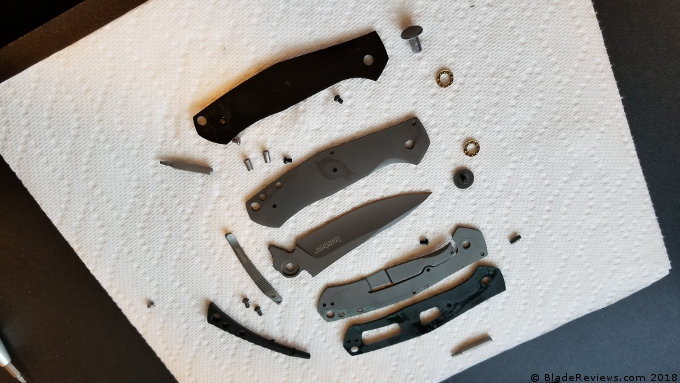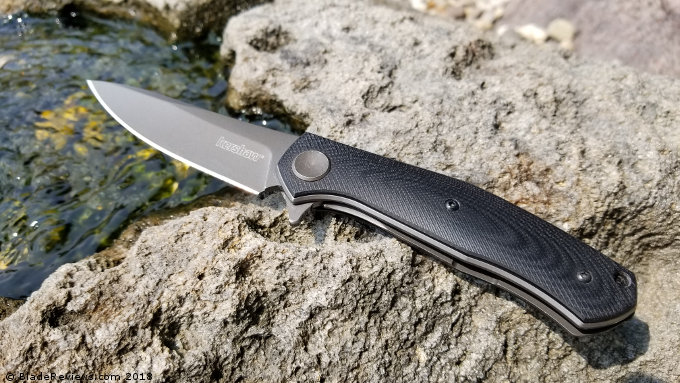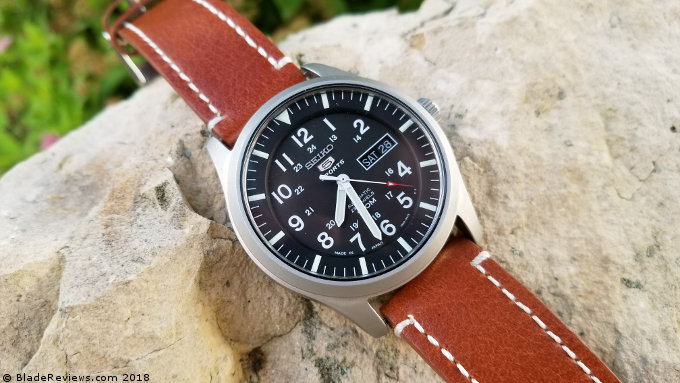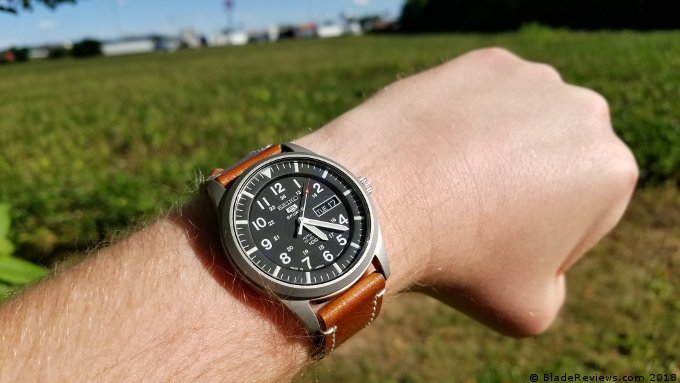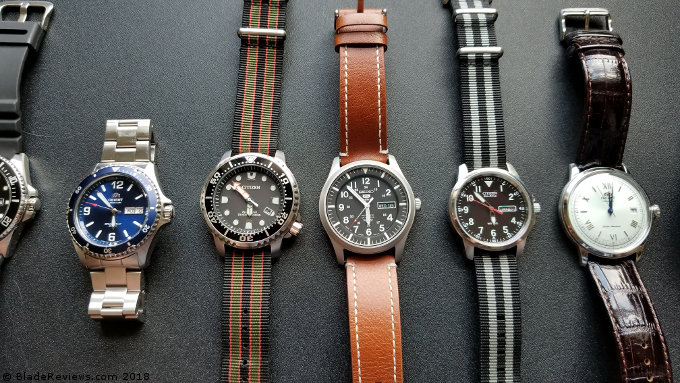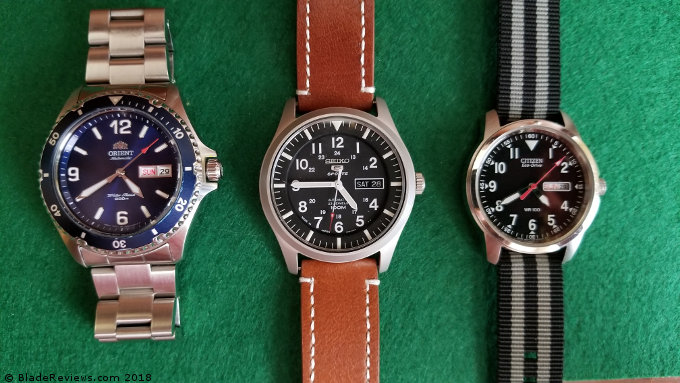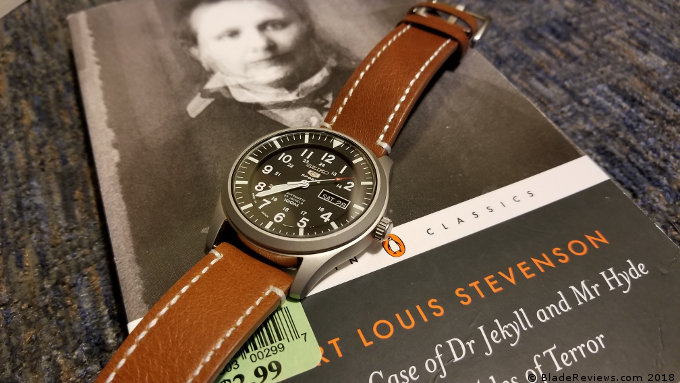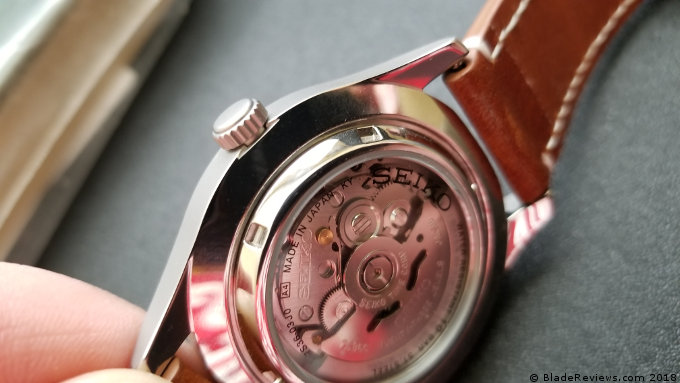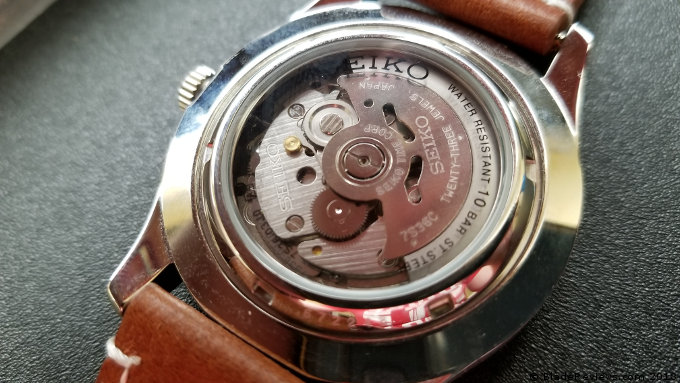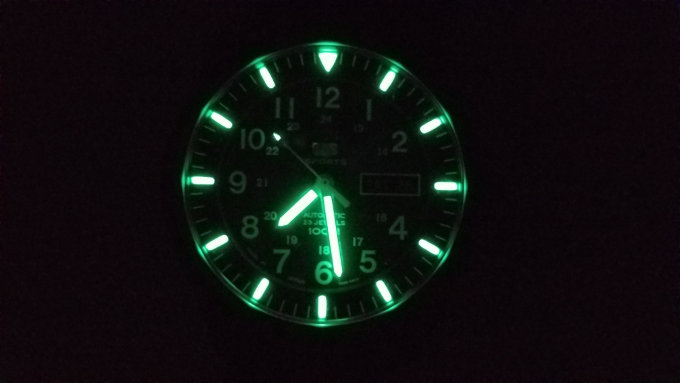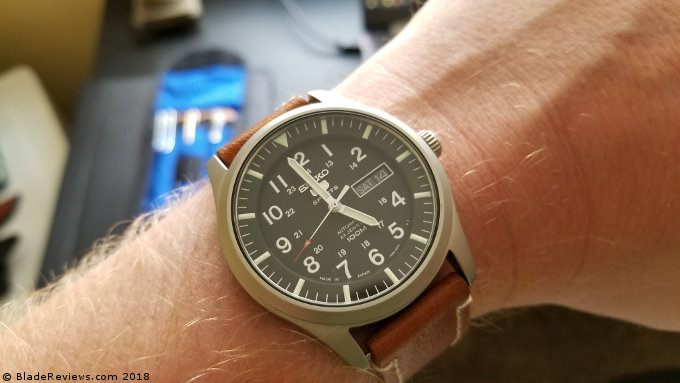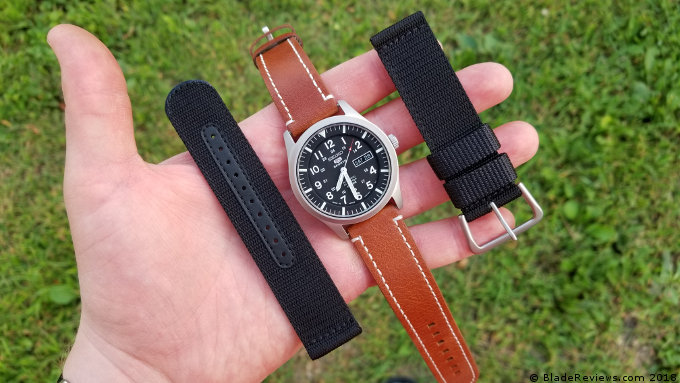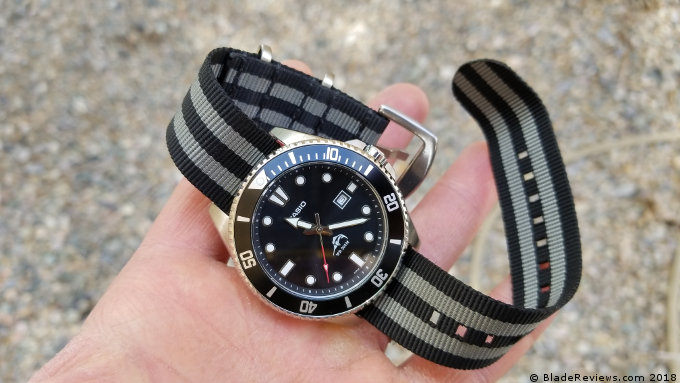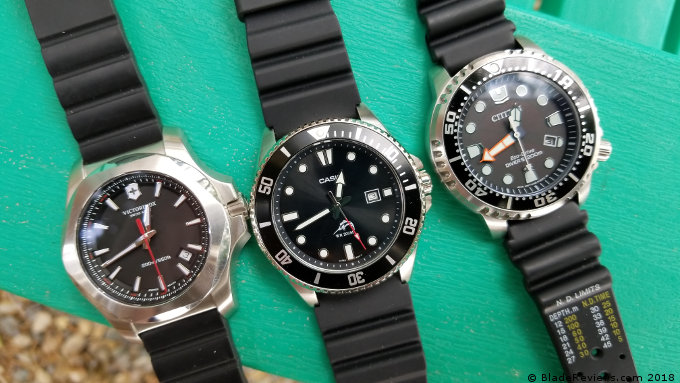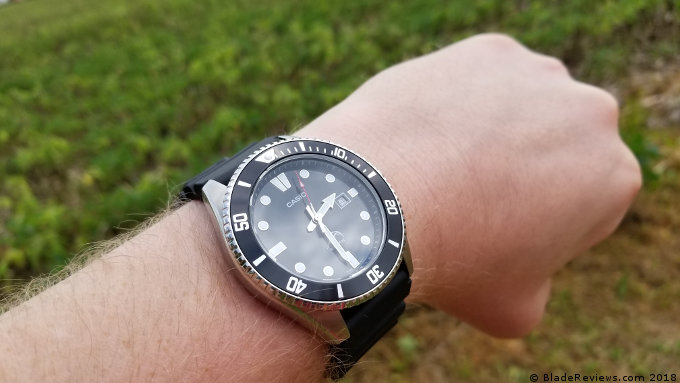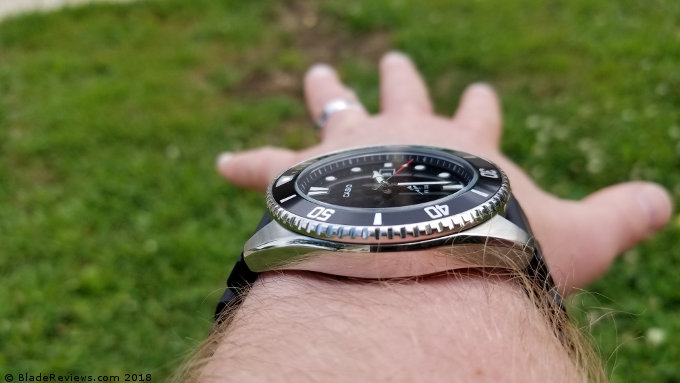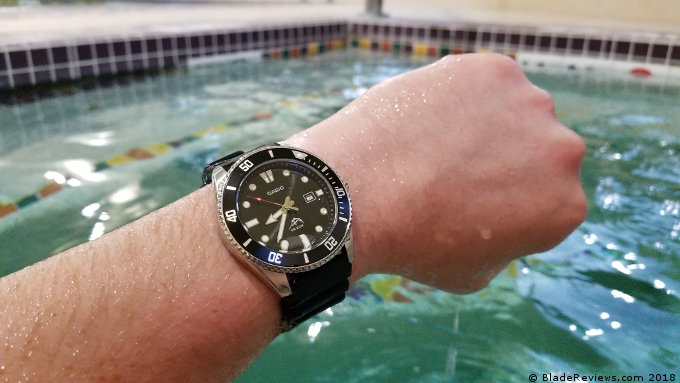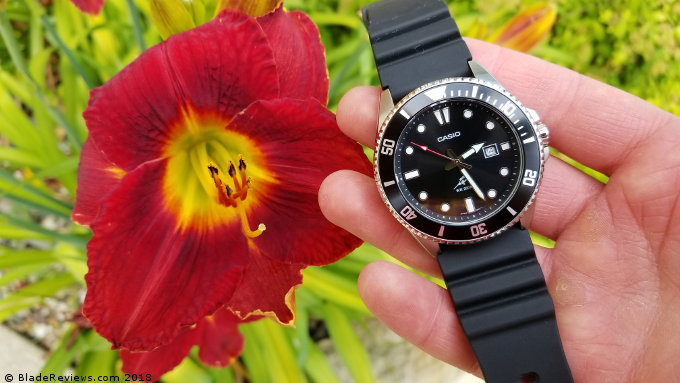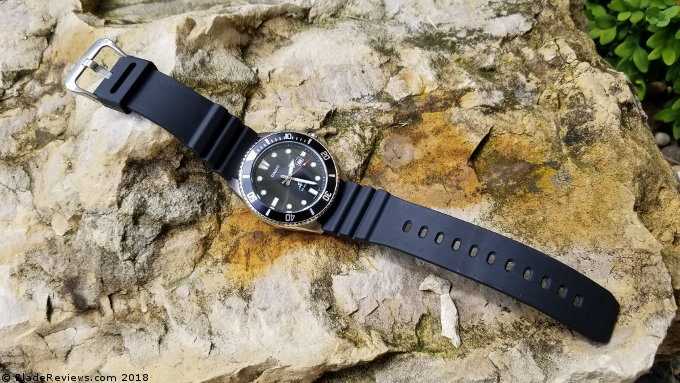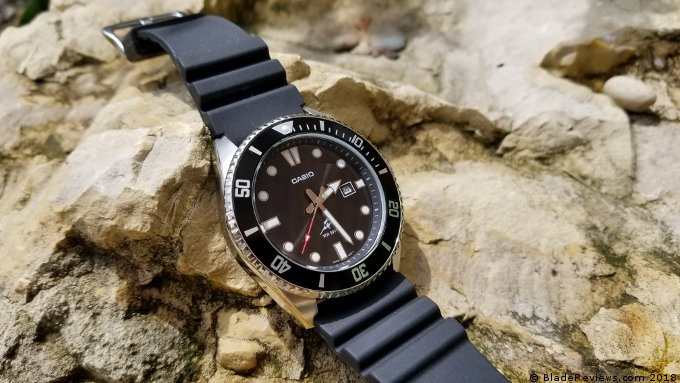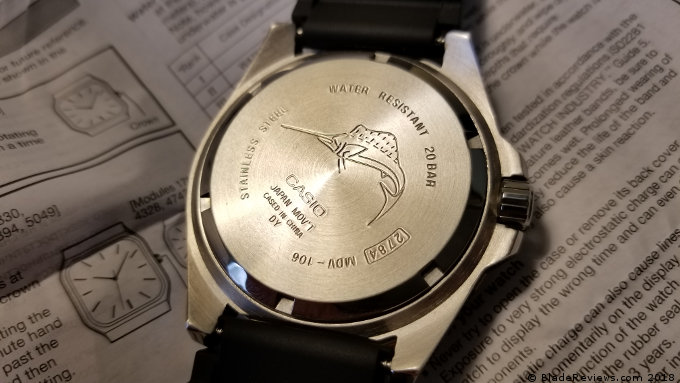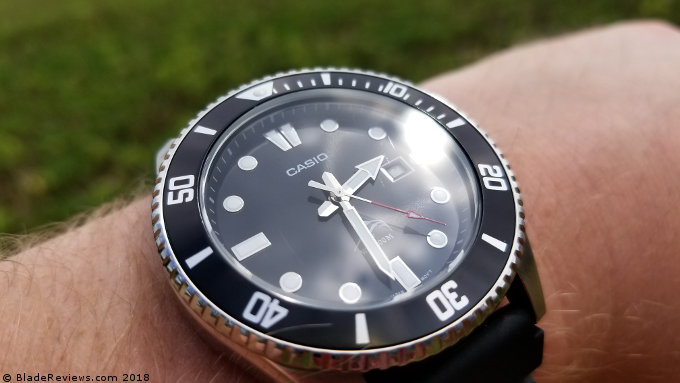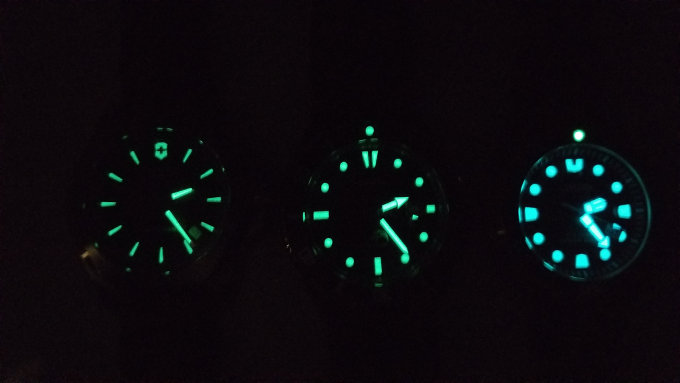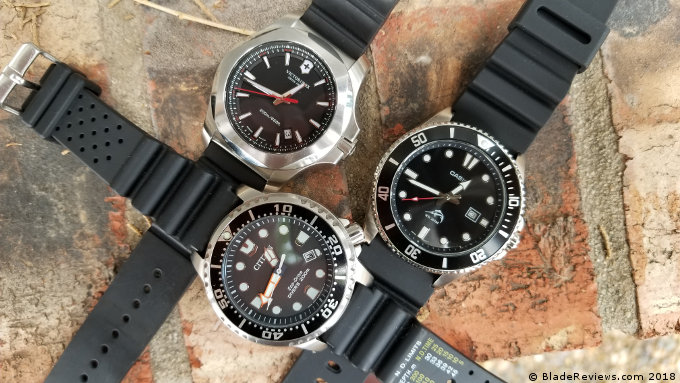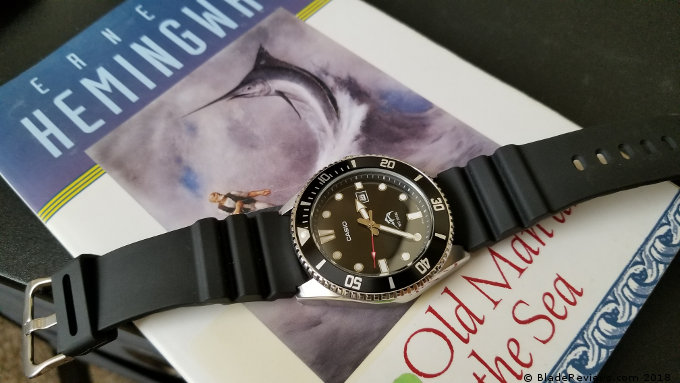Alright, I’ll admit it – I’m a huge fan of ESEE Knives. I own a Candiru, Izula-2, and JG3, and I’ve had the pleasure of reviewing an exquisite PR4. So, when the opportunity to sample their Laser Strike model landed in my inbox, you can guess the speed of my reply.
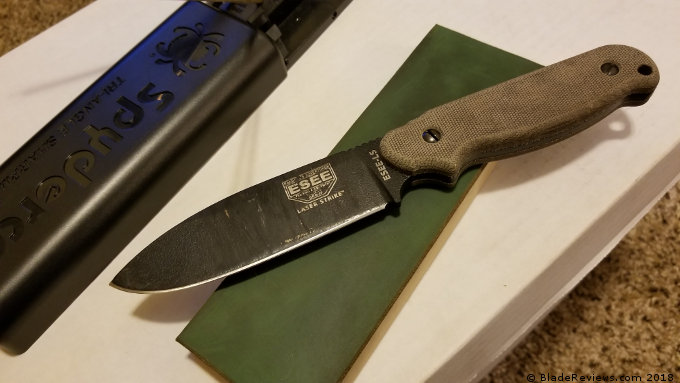
Buy the ESEE Laser Strike at BladeHQ
While I’m hardly alone in this enthusiasm, much of the halo surrounding ESEE comes from inside the blade-enthusiast bubble. Their American-made pedigree and bulletproof warranty are great for nerds like me, but what about the regular folks who buy their camp knives at Walmart? Tell them you spent $115 on an outdoor blade, and they’ll shoot you some pretty strange looks.
I know this, because it’s exactly what I did. After a few weekends racing around the yard, the Laser Strike’s final lap came on an overnight trip to Devil’s Lake State Park in Wisconsin. A few of my friends were testing their camping kits, and they invited me along for the ride. We had a wonderful evening exchanging questionable decisions: Me, teaching them how to baton through logs and them introducing me to, well…
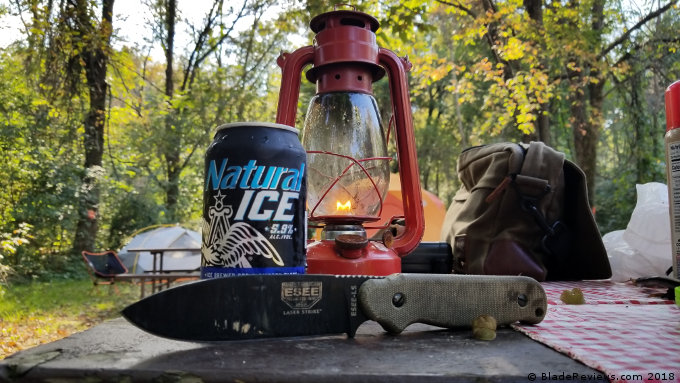
Don’t drink and play with knives, kids. Now, onward before that stuff kicks in.
General Dimensions and Blade Details
In a brand known for its rugged offerings, the Laser Strike stands out as a damage-duty champ. You’re looking at 10-inches of full tang 1095 carbon steel, with a blade nearly as thick as three US quarters stacked together (0.188-inches).
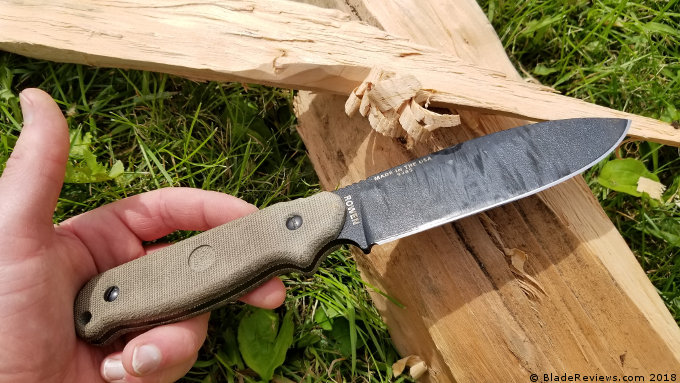
The blade length is a rangy 4.75-inches, 4.5 of which are sharpened. Its flat grind features ESEE’s rugged “Black Textured Powder Coat” over a 1.38-inch width, broken only by the maker’s marks. The knife’s total weight is 9.5-ounces, which is around half as much as a youth-sized aluminum baseball bat.
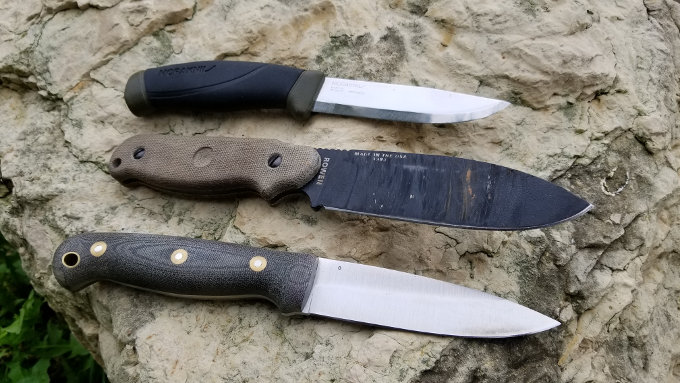
Now, let me be clear about the provenance of this particular tool. ESEE was kind enough to send it to notorious Youtuber and (I’m directly quoting him here) “big piece of doo doo” Advanced Knife Bro, who agreed to send it my way after mercilessly pummeling it.
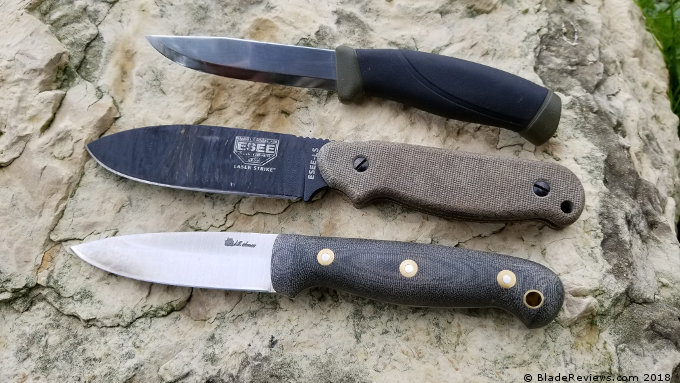
As expected, the blade arrived in need of some love. But, that’s one of the beauties of 1095 – It’s easy to whip back into shape. A quick cleaning and Sharpmaker session were all it took to bring the edge back to shaving sharp. But, with a pile of firewood in the garage and a camping trip on the horizon, it didn’t stay that way for long.

So, how did it do with fire prep? Come on – It’s an ESEE. It powered through a half-dozen camp logs without so much as a hiccup. What really shocked me was its prowess at the picnic table. Our menu on this mosquito-rich evening featured ribeye steaks and flame-grilled veggies. I was recruited to help slice onions, peppers, and mushrooms on a small cutting board, which was probably just as thick as the ESEE’s blade. Here’s how things turned out:
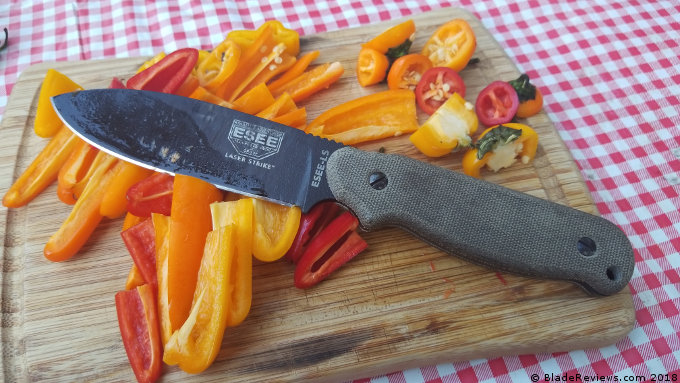
Surprised? I certainly was. While it’s certainly no santoku, the Laser Strike turned out to be a more than adequate prep tool. And this was after I’d batoned through several pieces of damp firewood. You won’t be producing translucent onion slices, but for rustic fare like this, the ESEE is surprisingly adept.
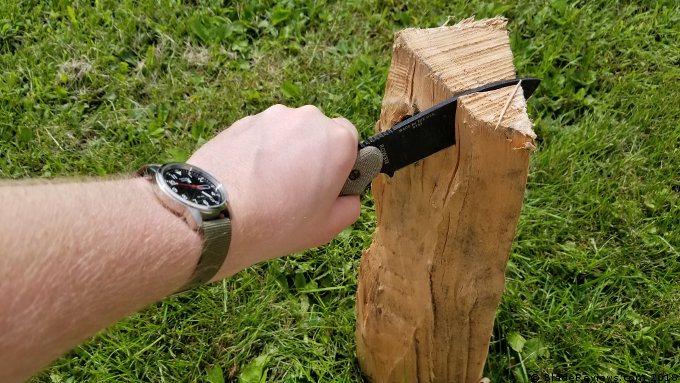
Handle and Ergonomics
I love the way that ESEE’s tend to hold my hand. Is that creepy? Too bad, the statement stands. The company’s canvas micarta is on point, and the forward choil fits my index finger perfectly. I also enjoyed the widely spaced jimping, positioned at the step-down transition from blade to handle. It provides excellent traction for my thumb without any discernable discomfort.
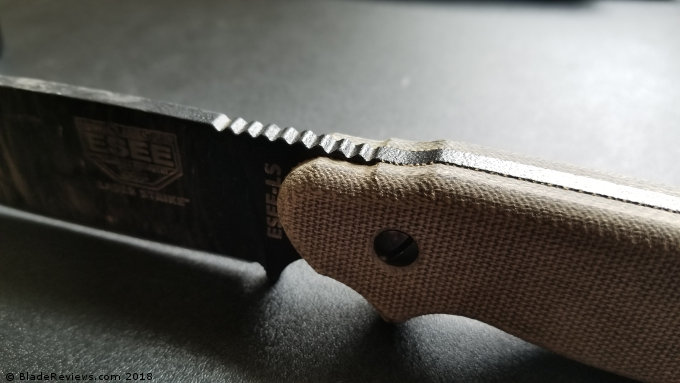
A quick aside, for the sake of comparison: I took several knives on this camping trip, including my beloved L.T. Wright GNS and the Condor Swamp Romper (which I gave away to a buddy who didn’t know any better). I encouraged my friends to handle each blade, and the Laser Strike’s scales were the runaway favorite. This could be considered anecdotal, sure, but it was interesting to get some perspective from folks who’re just getting into the knife hobby.
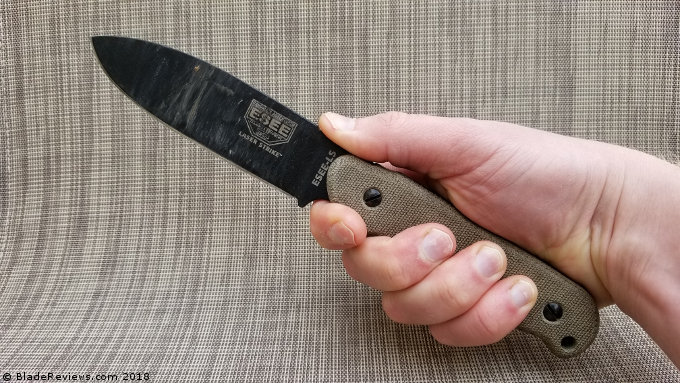
Now, let’s take a moment to discuss the stuff inside the handle. See that metal washer hanging from the base of the sheath? Well, it’s not just for show. This metal disc acts as a flathead driver, allowing you to remove the handle scales. Stowed within are a fire steel and a couple tinder pellets, all included as part of the overall package.
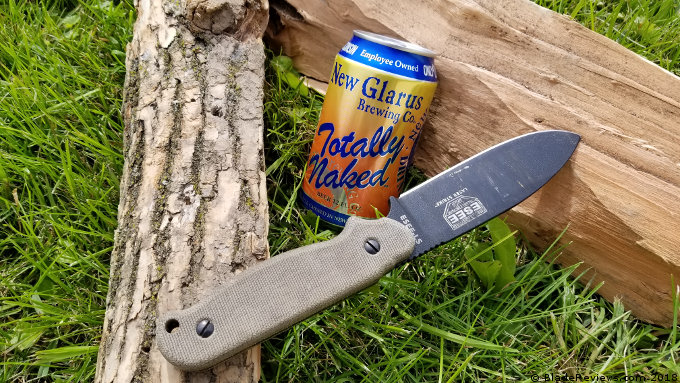
This further pushes the Laser Strike’s “Survival Knife” image, though I do have a few qualms. While certainly serviceable, this small fire steel is pretty difficult to spark. And, given the powder coat, the only available striking surface is (shudder) the blade edge. Sure, the sharpening choil might work, but I’d need to be in a real-life “Fire or I perish” sort of situation before doing that much damage to the cutting surface.
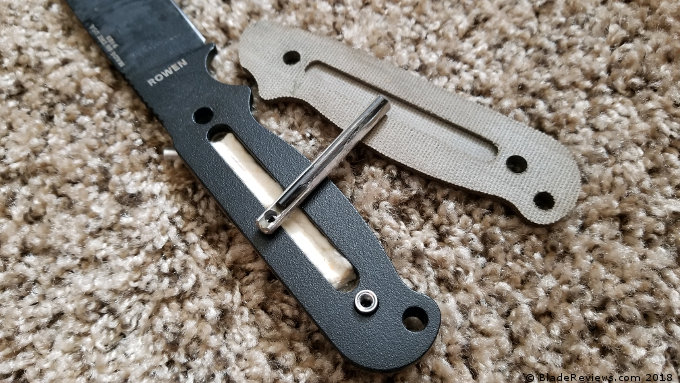
The Laser Strike has another option built in. See that divot on the right handle scale? That’s for a bow drill, allowing you to make fire in an even more bushcraft-friendly fashion. Inefficient? Sure, but 100% cool.
Sheath
The Laser Strike ships with a black Kydex sheath setup, including an ambidextrous clip plate and the aforementioned lanyard/washer combo. It’s a far cry from the leather of the Camp Lore knives I’ve been testing, falling more into the ESEE’s number-knife family (3, 4, 5, etc.).
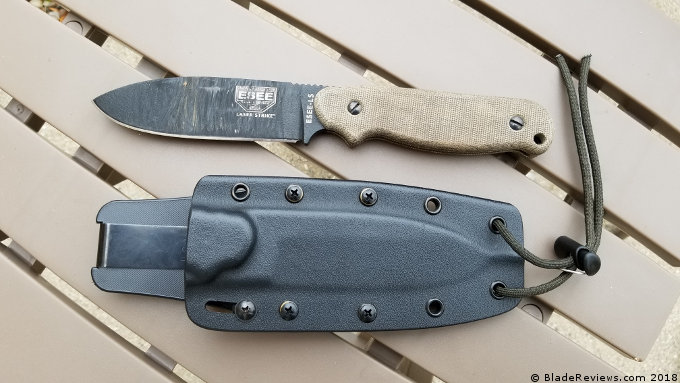
Retention on the Kydex is good, though it’s absolutely possible to shake 9.5 ounces of knife out of its grip with enough downward thrust. Tension can be adjusted using the sliding screw and washer above the choil area, so you can tighten things up if you feel the need. I like ride height, despite my usual preference for leather danglers. It also manages to be fairly slim, making the knife carry much easier than one would expect from a blade of this heft.
ESEE Laser Strike Review – Final Thoughts
Going into this review, I had no doubts about the Laser Strike’s capabilities as a field-first tool. But it impressed me in every application, from batoning to carving to cooking. Expectations aside, part of the joy of this particular test came from the look on my friends’ faces as they watched me hammer it through our firewood, and the smiles when I handed it over and said “Give it a shot.” Being able to follow up with “You’re not going to break it” and watching them realize it was true – Man, that was a neat moment.
Sufficed to say, I’m completely sold on the Laser Strike as a heavy-duty hacker. It’s not going to replace your smaller blades for ultralight outings and day hikes, but it’s a super-solid addition to a hard-use loadout or car camping kit.
Thanks again to ESEE Knives and Advanced Knife Bro for allowing me to check it out.
- Made in: USA
- Category name: knives
- Made in USA or imported
Editor: I recommend purchasing the ESEE Laser Strike at Amazon or BladeHQ. Please consider that buying anything through any of the links on this website helps support BladeReviews.com, and keeps the site going. As always, any and all support is greatly appreciated. Thank you very much.
